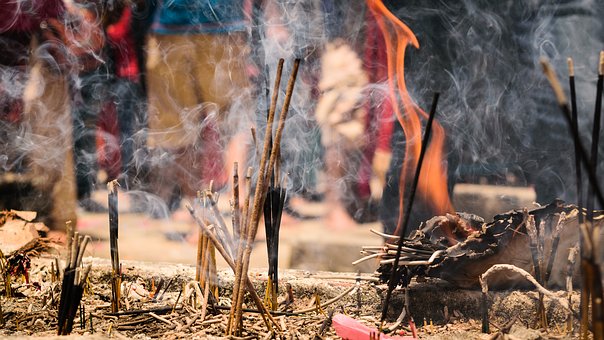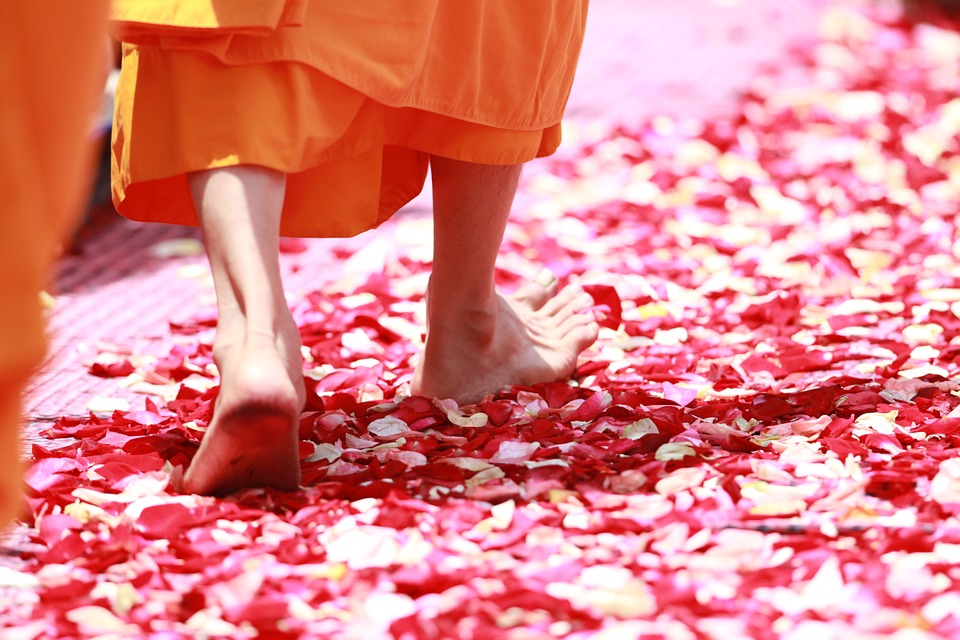What is dharma?
- Whenever we receive any stimulus, we either like or dislike it.
- If we find congruence with the stimulus, we bring the source of the stimulus closer to us (rāga) but if we dislike the stimulus, we push the subject or person away (dveṣa).
- This action of bringing the source of stimulus closer or pushing it away is called karma (action).
- We like or dislike anything because we evaluate the stimulus against our personal standards or natural state. This standard is called (dharma).
- Dharma is the natural-state of any entity. It is that state when the entity is in harmony with itself, its environment and its actions.
What are the different types of dharma?
Generic natural-state or sāmānya-dharma.
Generic natural-state or sāmānya-dharma can be defined as those characteristics which are common to any family or genus of entities.
For example: Gold has specific characteristics which are different from lead or silver. However, all of them come under a common category of metals. All metals have a common natural state. They are solid and have the same properties such as malleability, tensile strength etc. and this is called sāmānya-dharma.
Also, metals as a category, exhibit characteristics which are different from animals, trees, fishes or humans. This specific defining character which defines each category, family or genus is called sāmānya-dharma.
Unique natural-state or viśeṣa-dharma.
Unique natural-state or viśeṣa-dharma is the natural-state of individual entities within a category.
For example: Within metals, gold is different from copper, silver or iron.
In wood, teak is different from oak or rubber. The family of wood will conform to the category of sāmānya-dharma. However, the unique natural-state (viśeṣa-dharma) of teak will be different from oak, sandalwood or rosewood.
This logic can be expanded in multiple directions. For instance, the unique natural-state (viśeṣa-dharma) of a table will be different from that of a chair or sofa, even though they may both be made from the same tree. Thus, all tables will exhibit a unique natural-state, regardless of the material used to make them.
In fact, this concept is applicable to all entities. A heart has a unique natural-state, regardless of the body. It and cannot do the job of the stomach, even though both may be in the same body.
Individual natural-state or conditioning (svadharma).
Each of us behaves differently. This is on account of conditioning brought about by DNA, family, upbringing, societal norms, diet and habits. Consequently, this allows individuals to select information, analyse and process it in a unique manner and behave in the way they do.
This specific characteristics of capability at an individual level is called svadharma (sva = self + dharma = conditioning). Since this natural-state is unique to each of us, it becomes our conditioning.
Universal natural-state or sanātana-dharma

Dharma covers operation of all animate and inanimate entities, including planets, galaxies and nations.
Everything can be classified under generic, unique or personal natural-state. This concept is universal in its applicability; hence it is called universal natural-state or sanātana-dharma.
For example – the natural state of the earth is position, shape, atmosphere and ability to sustain life. In the case of a nation, its dharma can possibly be its constitution, flag, states, people etc.
To understand sanātana-dharma which originates in India, “click here”.
Points to ponder on dharma.
Internal Tags: Self Awareness or Asmita, Karma
External Tags: homeostasis
- How do we recognise our natural state?
- How do we recognise the linkage between natural state and behaviour?
- What is the linkage between dharma, adharma and righteousness?
- What is fear of failure?
- Can God be linked to dharma or natural state? How?
- Is there any link between dharma and prayer?
- Can we really control events or are we mostly reacting to them?
- Is death a natural state?
- What is the linkage between dharma, stress and karma?
- Why is it hard to admit that you are experiencing turbulence (adharma)?
- Is it possible to recognise a person who is in adharmic state?



